So, you’ve made it to 2024 and realized that the world is not just about flying cars and AI taking over your coffee orders. It’s also about making eco-friendly choices, even when it comes to your teeth.
But let’s be real: doing the right thing for the planet often comes with a price tag that makes you wonder if your conscience can afford it. So, how much are we shelling out for an eco-friendly dental filling in 2024?
Types of Eco-Friendly Dental Fillings

Before we get into the nitty-gritty of costs, let’s first talk about your options. Because, believe it or not, you have choices—each with its own pros, cons, and price range that might make you rethink that extra latte.
If you’re seriously wondering whether your eco-friendly filling is doing more harm than good, you might want to find TannlegeTeam advice before diving headfirst into the porcelain rabbit hole.
Composite Resin Fillings
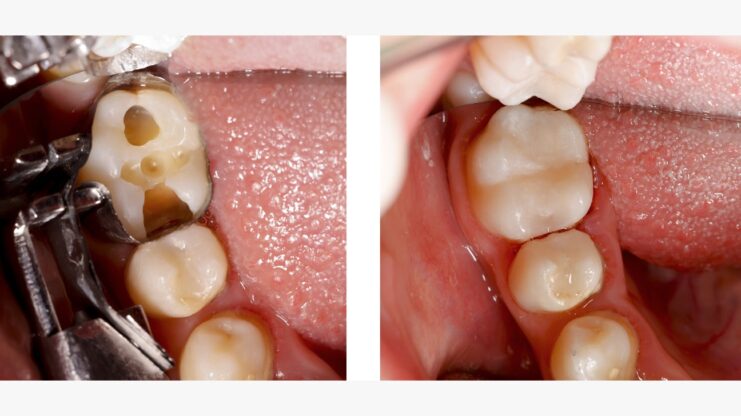
Composite resin fillings are the bread and butter of the eco-friendly dental world. They’re made from a mixture of plastic and glass, which somehow makes them sound both futuristic and cheap at the same time.
The best part? They can be color-matched to your teeth, so no one will ever know you have them.
Cost:
- For a filling that covers one or two surfaces of your tooth, you’re looking at $150 to $300.
- If your cavity has gone on a sightseeing tour of your molar, needing three or more surfaces covered, you might be paying up to $550.
Ceramic Fillings
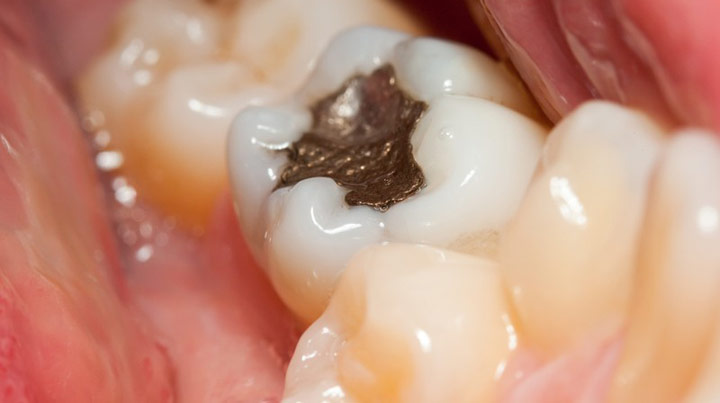
Ceramic fillings are where things start getting a little posh. Made from porcelain, they’re durable, tooth-colored, and scream, “I care about my teeth, and the planet, but I also have money to burn.”
Cost:
- Prepare to cough up between $500 and $2,800 per filling. Yes, per filling. If you’re not cringing at that number, you’re probably either rich or in denial.
Glass Ionomer Fillings
Glass ionomer fillings are like the hipster cousin of the dental filling world. Made from a combination of glass and organic acid, they release fluoride. They’re not as popular, but they do the job, and they’re still eco-friendly.
Cost:
- Expect to pay between $250 and $400 per tooth. It’s the option you choose when you want to be different but don’t want to break the bank.
Gold Fillings
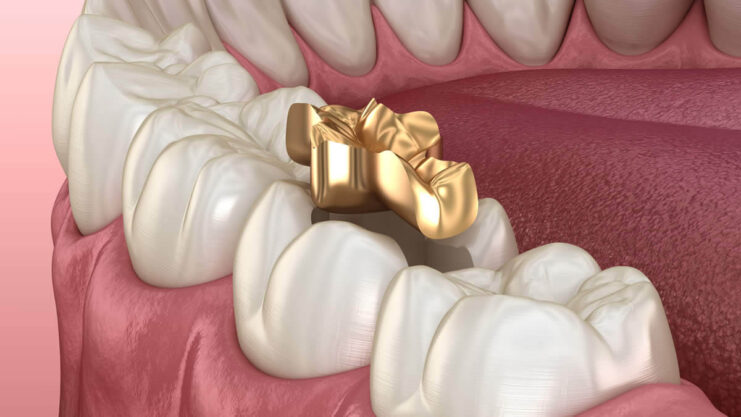
Gold fillings, though not typically the poster child for eco-friendliness, are making a comeback. They’re biocompatible, durable, and last forever—literally, they might outlast you.
Plus, they don’t contain harmful chemicals. The catch? You’ll need to like the look of gold in your mouth.
Cost:
- The privilege of having a shiny metal in your tooth costs between $600 and $1,500.
What Determines the Cost?
Now that you know your options, you’re probably wondering why the prices are so all over the place. Well, let’s break it down, shall we?
Location, Location, Location
Where you live can seriously mess with the cost of your eco-friendly filling. If you’re in an urban area, especially in states like California or New York, be prepared to pay more.
Because, of course, the same filling that costs $150 in a small town will cost $300 in a big city.
Insurance

Insurance might cover part of the cost, but don’t start celebrating just yet. Most dental insurance plans are more inclined to cover composite fillings—the “affordable” ones we mentioned earlier.
If you’re aiming for those ceramic or gold fillings, your insurance might suddenly develop selective blindness. Be prepared to dig into your savings.
The Size and Complexity of the Cavity
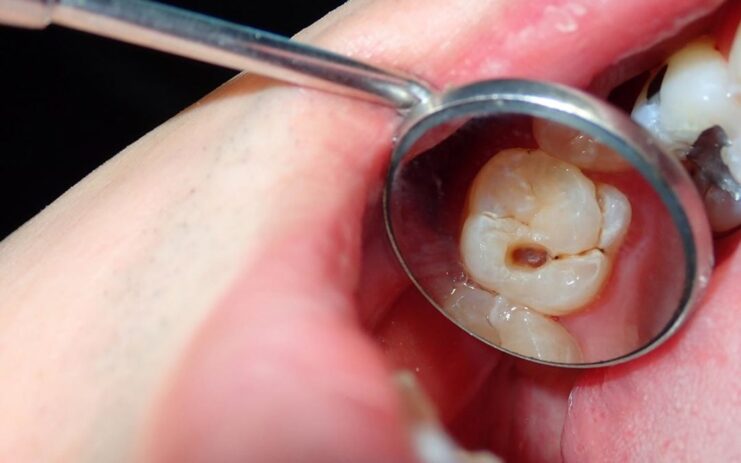
A small cavity is one thing, but if you’ve let that cavity fester, turning into a Grand Canyon of tooth decay, you’re going to pay more.
It’s like a penalty for procrastination, except this one hits you in the wallet, not just your conscience.
Your Dentist’s Expertise
If your dentist is a self-proclaimed eco-warrior with a ton of certificates on their wall, expect to pay for that expertise.
They’ve spent years perfecting their craft, and they’ll be charging accordingly. But hey, at least you’ll know you’re getting top-notch, eco-friendly care.
The Hidden Costs of Eco-Friendly Dentistry
Let’s not forget that being eco-friendly isn’t just about what goes into your mouth. It’s also about the practices of the dental office itself.
Many of these practices, like reducing waste, using digital imaging, and investing in energy-efficient equipment, cost money. And guess who ends up footing the bill for all that eco-consciousness? Yep, it’s you.
Is It Worth the Cost?
If you’re someone who can’t sleep at night knowing your filling might be damaging the planet, the extra cost is probably worth it.
Plus, there’s the added bonus of avoiding harmful chemicals, which is always a win. But if you’re feeling the financial pinch, it might be a tough pill to swallow.
The Growing Demand for Eco-Friendly Fillings
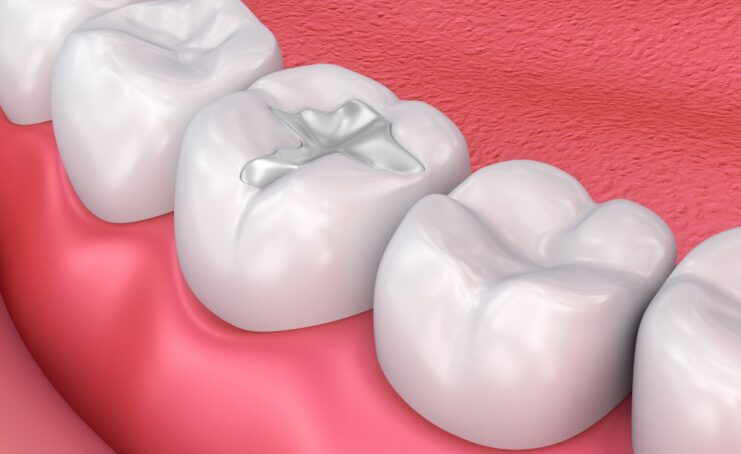
In 2024, more and more people are jumping on the eco-friendly bandwagon. Whether it’s due to a genuine concern for the environment or just really good marketing, the demand for eco-friendly dental fillings is on the rise.
Dentists are catching on, and many are starting to offer these options more readily. The good news is that as demand increases, prices might start to stabilize. The bad news? You’re still paying more now.
What’s Driving the Trend?
- Health Risks: People are finally waking up to the fact that traditional fillings, like amalgam, contain mercury. Mercury! In your mouth! So, yeah, there’s that.
- Environmental Impact: It’s not just about avoiding chemicals in your body; it’s about choosing materials and practices that don’t mess up the planet. Ceramic and composite fillings, when produced and disposed of properly, have a smaller carbon footprint compared to traditional materials.
So, How Much Are We Talking?
So, how much are we really looking at? To sum it up:
- Composite Resin Fillings: $150 – $550
- Ceramic Fillings: $500 – $2,800
- Glass Ionomer Fillings: $250 – $400
- Gold Fillings: $600 – $1,500
The price you pay will depend on a bunch of factors—some within your control, and some not. If you’re lucky, your insurance might cover part of the cost, but don’t hold your breath.
Is Eco-Friendly Dentistry Just for the Rich?

In 2024, eco-friendly dental fillings are both a blessing and a curse. They’re great for your health and the planet, but your wallet might not be too thrilled. If you can afford it, go ahead and splurge on that ceramic or gold filling.
You’ll be able to brag about it at your next zero-waste potluck. But if you’re counting pennies, a composite resin filling might be the way to go—it’s eco-friendly enough, and it won’t force you to live on instant noodles for the next month.
In the end, whether or not eco-friendly dental fillings are worth the cost is up to you. You’ll either walk away feeling like a hero of sustainability or with a slight sense of financial regret. But hey, at least your teeth—and your conscience—will be in better shape.












